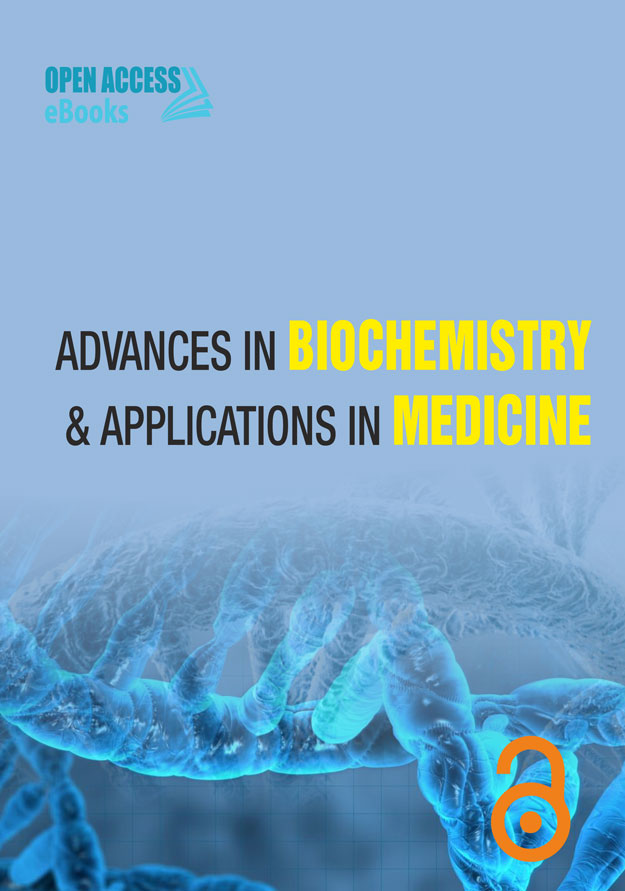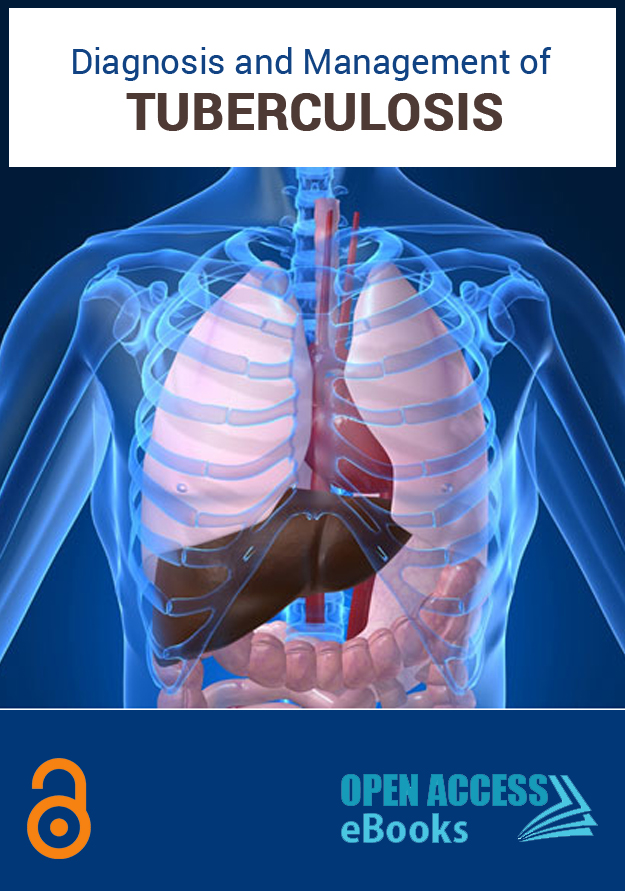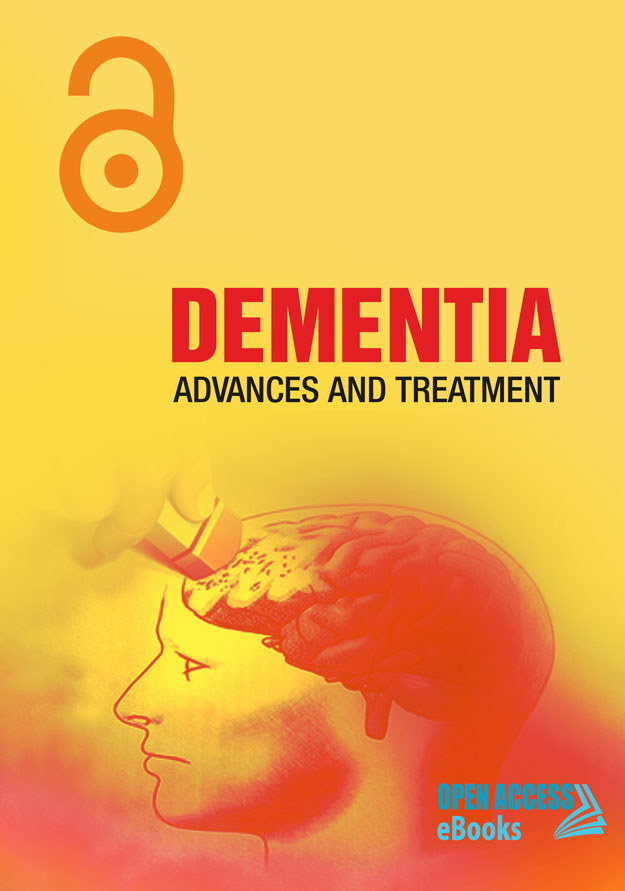
Volume 1
ISBN: 978-81-935757-1-0
Editors:
1. Rojeet Shrestha
Biochemistry, also called as Biological Chemistry is the study of chemical processes of living organisms. It is a branch of science using chemical knowledge to understand and solve biological problems. Biochemistry has various applications in medicine and researchers are invited to submit their valuable work for the possible publication in an eBook entitled ADVANCES IN BIOCHEMISTRY & APPLICATIONS IN MEDICINE.
Benefits of publishing with us:
Universal Access: eBooks published in Open Access eBooks gain international visibility. No region barriers and content is accessed by everyone across the world from our website. We also deposit published eBooks in different databases.
Freely Available: Open Access eBooks follows the principles of Open Access and the content is available to the readers without any cost. Readers can read, share, and store the published ebooks/book chapters.
Copyright with Authors: As an eBook publisher, we serve researchers in publishing their valuable work after the stringent review process. However, copyright lies with authors. We follow the CC-BY-NC-ND license (https://creativecommons.org/licenses/by-nc-nd/3.0/).
Different Formats: We provide eBooks in PDF and HTML formats. Both formats are user friendly and can act as per the user requirements. We put our efforts to provide other formats in future.
For more information, contact info@openaccessebooks.com
Published Chapters:
Advanced glycation end products (AGEs)-mediated diabetic vascular complications
Author(s): Diwesh Chawla*; Ashok Kumar Tripathi; Meera Sikka
Diabetes mellitus is a group of metabolic disorders leading to defects in insulin secretion and action of insulin or both. Diabetes is caused by a combination of hereditary and environmental factors. In the human body, blood glucose levels are controlled by a complex interaction of multiple chemicals and hormones, including insulin and glucagon. Insulin is a peptide hormone produced in the beta cells of the pancreas that allows blood glucose to enter various cells of the body where it is oxidized to yield energy needed by the muscles and tissues to function [1]. Glucagon is also a peptide hormone, produced by the alpha cells of the pancreas, which causes a rise in the concentration of glucose in the blood. The effect of glucagon is opposite to that of insulin, which lowers the glucose concentration.
Functional Nanocrystals: Towards Biocompatibility, Nontoxicity and Biospecificity
Author(s): Anielle Christine Almeida Silva*; Noelio Oliveira Dantas; Marcelo José Barbosa Silva; Mario Antônio Spanó; Luiz Ricardo Goulart
The tunable surface chemistries have dramatically increased by expanding the structural arrangements of nanocrystals with many different strategies. Novel synthesis of functional colloidal nanocrystals has been developed over the past decade enabling the production of highly uniform and stable nanoparticles with important photonic characteristics. In this chapter, we will specifically comment on methodologies used in QDs syntheses that make nanocrystals highly biocompatible with important applications as luminescent probes. In addition, we will also discuss a new category of QDs named magic sized quantum dots (MSQDs), which present intense and broad luminescence rangeand greater size stability, turning them special tools for multiple biological applications in diagnosis, monitoring and therapy.Special emphasis will be placed on,safety, biocompatibility and biospecificity of nanomaterials, which are of great concern as new techniques and novel nanocrystals emerge.
Inborn Errors of Metabolism
Author(s): Arvind Kumar Shakya*
Inborn errors of metabolism (IEM) are a group of inherited metabolic disorders leading to enzymatic defects in the human metabolism. As its name implies, inborn errors means birth defects in newborn infants which passed down from family and affecting metabolism. Hence, it is called Inborn errors of metabolism or inherited metabolic disorders. IEM can appear at birth or later in life such as phenylketonuria, albinism, lactose intolerance, gaucher disease, fabry disease etc. IEM refers a condition where in body’s metabolism is affected due to genetic disorders. The cause of IEM is mutations in a gene that code for an enzyme leading to synthesis of defective enzyme activity or deficiency of an enzyme that affects the normal function of a metabolic pathway. The main indication of IEM is an excess storage or accumulation of specific metabolites in tissues, organs and blood which further manifest to health diseases. In last decades, several hundreds of different IEM have been identified. Most IEM are rare but some are life threatening. Although, most people do not know what inherited metabolic disorders are and may never have heard of them.
Microbial Cellulase and Xylanase: Their Sources and Applications
Author(s): Manik Prabhu Narsing Rao; Wen-Jun Li*
Cellulose and xylan, the two major constituent of lignocellulose are the most abundant and renewable resource available on earth. Cellulose and xylan are complex substrates and their complete hydrolysis requires a variety of enzymes. Cellulases and xylanases are produced by microorganisms, algae, protozoans, crustaceans and insects however, fungal and bacterial bioconversions are economically viable. In the present chapter, remarkable collections of fungi and bacteria have been brought to the limelight that can degrade cellulose and xylan. Mode of action and brief classification of various cellulases and xylanases have been mentioned. Further, insight knowledge on use of cellulases and xylanases for bioremediation and industrial applications were also provided.
Recent advancement to target Breast Cancer and Cancer Stem Cells
Author(s): Prem Prakash Kushwaha and Shashank Kumar*
Breast cancer is the second most prominent reason of cancer death in women after lung cancer, and it accounts for 25.2% of all cancer in women [1]. In the US, approximately about one in eight women (12%) develop invasive breast cancer [2]. In 2015, approximately 40,290 US women were expected to die from breast cancer. There was an estimation of 231,840 new cases of invasive breast cancer among US women in 2015 [3]. The chance of breast cancer causes woman’s death is about 3%. Various kinds of therapies such as hormonal, immunotherapeutic agents, surgery and cytotoxic currently are being used to target the breast cancer. The response rate from these treatments comprises 60% to 80% for primary breast cancers and about 50% for metastases [4,5]. However, 20%-70% of patients showed reversion of cancer within five year of time [6]. Recurrence development allied with resistance to therapy and augmented death risk. In patients with primary breast cancer, combining cytotoxic and radiation therapy with anastrozole attained four-year survival rate of 91.6 % [7]. Gene mutations and dysregulation has been identified in breast cancers like the enhanced expression of the heparan sulfate interacting protein, p53 mutations (connecting with high histological grade) and mitochondrial D-loop mutation (allied with lymph node-positive breast carcinoma) [7].
Anti-advanced glycation end product therapies in diabetic vascular complications
Author(s): Pawan Kumar Kare; Rishila Ghosh; Diwesh Chawla; Ashok Kumar Tripathi*
Advanced glycation end products (AGEs) are formed by non-enzymatic reaction between reducing sugars and proteins, lipids or nucleic acids. Interaction of AGE with its receptor; receptor for advanced glycation end product (RAGE) elicit various signal transduction pathway leading to vascular complications in diabetes mellitus (DM). Therefore, inhibition of AGE may be a useful strategy to ameliorate pathogenesis of several diseases including diabetic vascular complications. Several AGE inhibitors have been identified till date, which differ from each other in their mechanisms of action, although all have the same outcome, and lead to reduction in AGE formation or accumulation.


